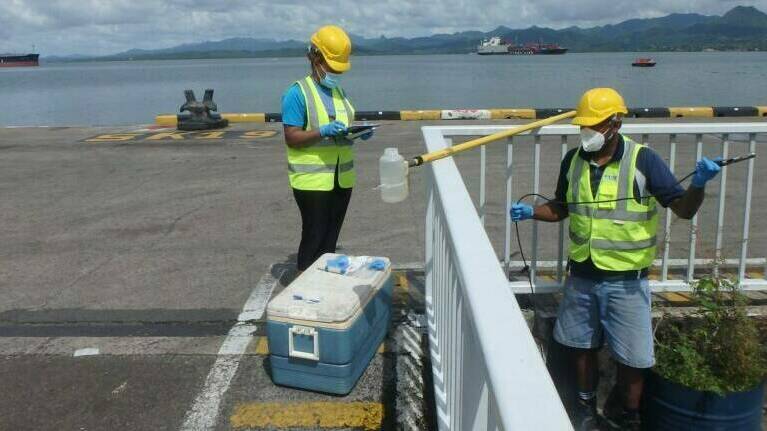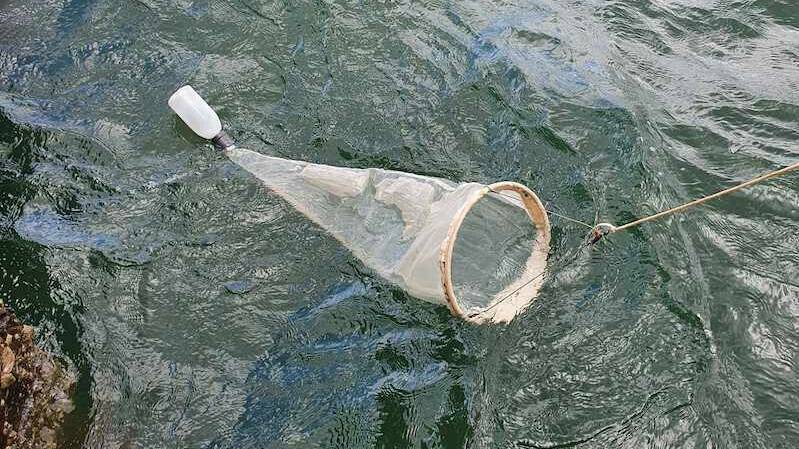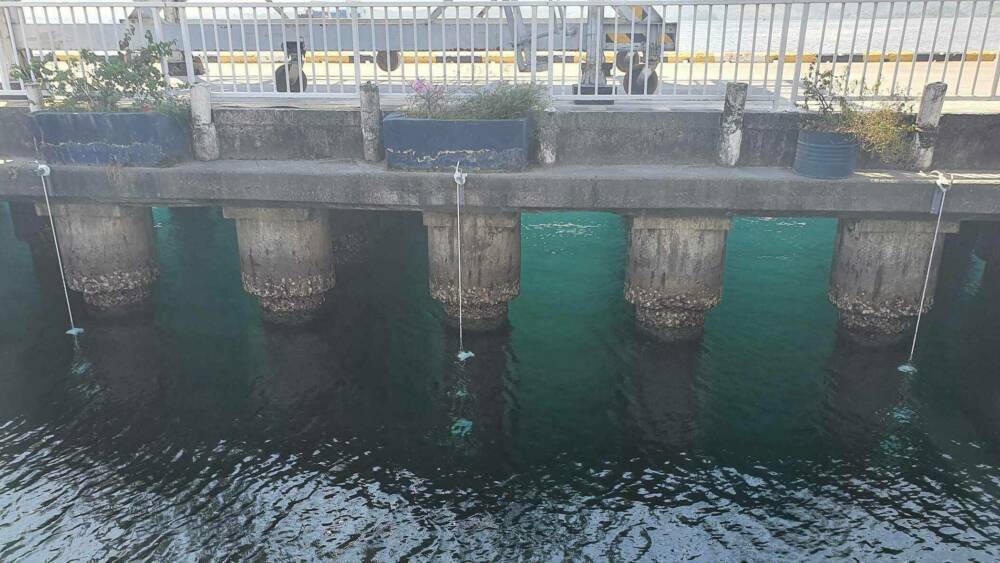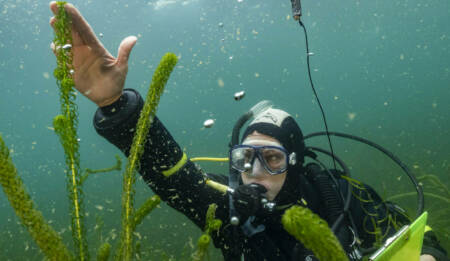Pacific Islands Marine Bioinvasions Alert Network (PacMAN)
The PacMAN project will increase the technical and scientific capacity in marine invasive species early warning and early detection using the latest technologies in genomics and metabarcoding (eDNA) and will directly support the implementation of national and international policies with the aim to reduce and prevent the introduction of new invasive species into the marine environment.

Background
One million species are on the verge of extinction and the introduction of non-indigenous species (NIS) to new environments is listed as one of the five key drivers impacting biodiversity, according to the recent IPBES global assessment. Small Islands Developing States, SIDS, are particularly vulnerable to such a risk. In addition to the climate and biodiversity crises, marine bioinvasions also pose a real biosecurity risk for human health and the sustainability of livelihoods. It is widely recognized that ship’s ballast water and vessel biofouling, including the surge of new (or larger) marine structures linked to the unfolding and fast-growing blue economy, are the main vectors for the introduction and spread of NIS in the marine environment.
Project details
The IOC Project Office in Oostende (Belgium) will be responsible for the overall coordination and implementation of the project, supported by a local project manager hosted at the University of the South Pacific. This will involve developing a national Bioinvasions Monitoring Plan for Fiji, based on a need’s assessment and a review of current best in detecting invasive species.
Following a testing phase, where the proposed protocols are tested and optimized, an operational phase begins with local scientists in field sampling, sample processing, DNA sequencing and data management. The South-West Pacific OBIS node hosted at NIWA (New Zealand) will assist in the training. This is then connected with a bioinformatics pipeline in order to improve the availability of omics data, and more specifically metabarcoding data from biofouling communities, to global data infrastructures (OBIS) and preserve provenance with links to other repositories where standardized metadata (GEOME), sequence data (INSDC), and taxonomic information are stored.
Photos of first field deployment of PacMAN.
What they hope to achieve
The goal is a decision-support tool which will provide observations in a user-friendly dashboard indicating potential presence of invasive species (including pathogens and pest species) or risk of invasions to support local management. Early warnings will be generated based on observations in nearby adjacent areas and will provide a service for local managers and decision makers to set up targeted monitoring programmes.
Strong stakeholder engagement (WP6) will ensure the marine bioinvasions monitoring plan and the decision-support tool are owned by and meet the requirements of local management.

Resource





